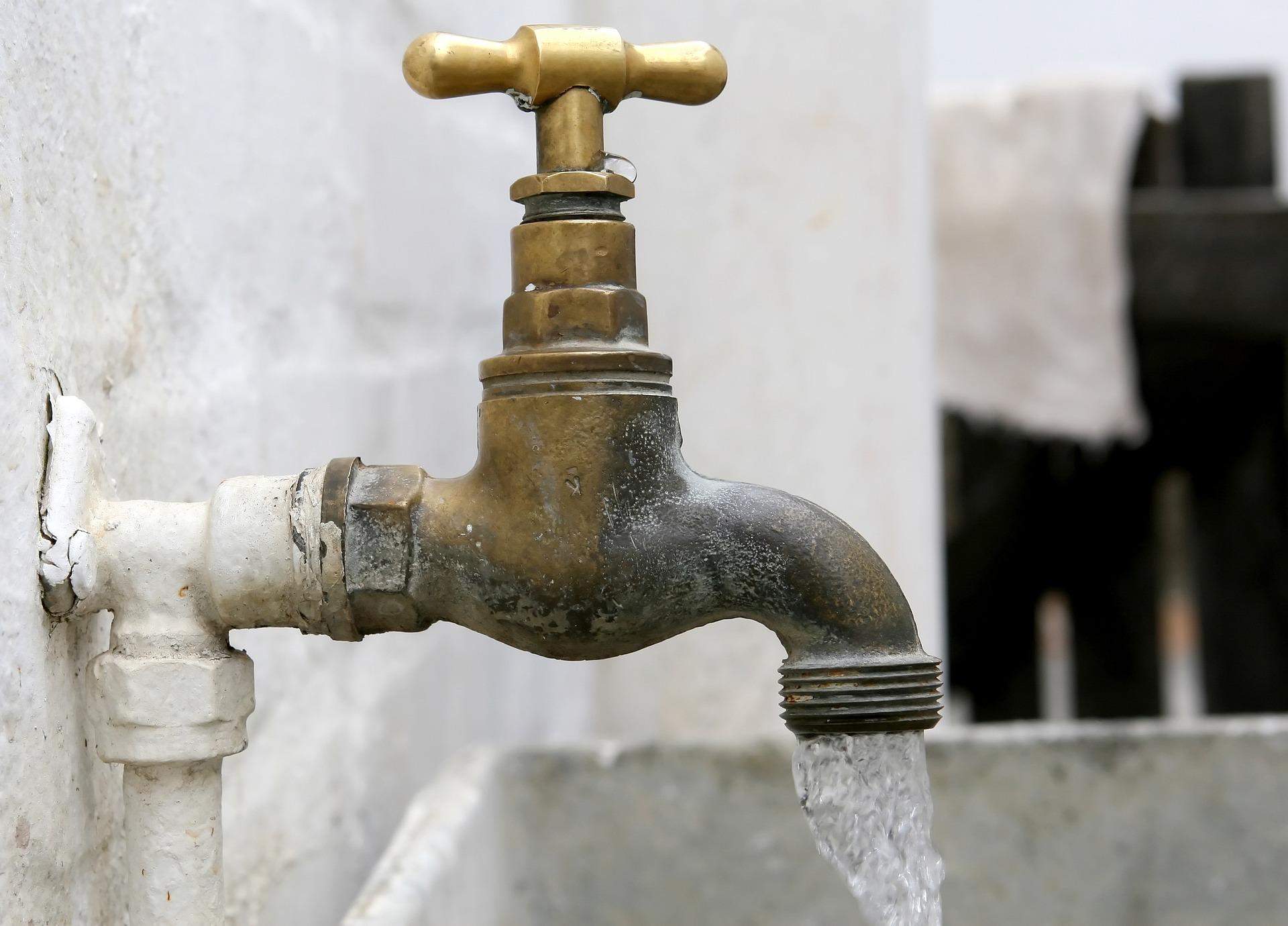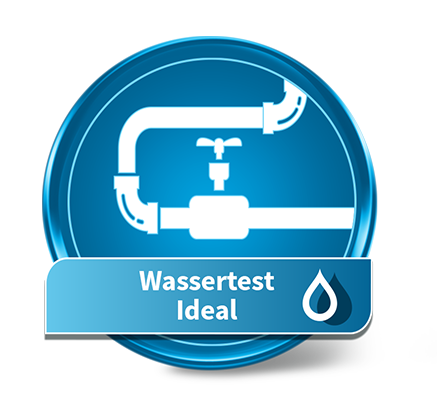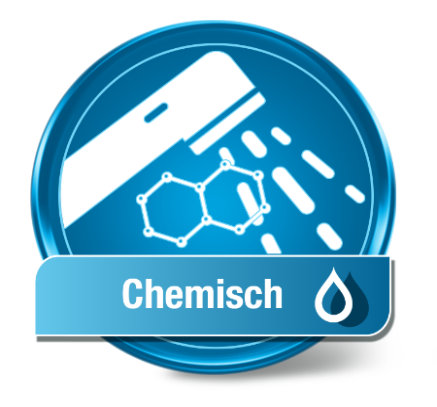Heavy Metals in Drinking Water – An Invisible Risk?
 Heavy metals such as lead, nickel, or copper can be found in old water pipes – even in Switzerland. In small amounts, they are usually harmless. However, regular intake above the limit value poses health risks – especially for children, pregnant women, and immunocompromised individuals.
Heavy metals such as lead, nickel, or copper can be found in old water pipes – even in Switzerland. In small amounts, they are usually harmless. However, regular intake above the limit value poses health risks – especially for children, pregnant women, and immunocompromised individuals.
Particularly old buildings with outdated pipes are at risk. Here, metals can dissolve and transfer into the drinking water. A water test provides certainty.
Which Heavy Metals Can Occur?
- Lead: Found in old lead pipes, particularly problematic for health.
- Copper: Can dissolve more readily in soft water – often found in old buildings.
- Nickel: Frequently from fixtures – a known contact allergen.
- Iron/Zinc: Less critical, but can affect taste and appearance.
Possible Health Risks
Chronic exposure can lead to the following symptoms:
- Nausea, vomiting, fatigue
- Kidney damage, liver damage
- Cardiac arrhythmias
- Cognitive impairments in children
Some heavy metals are considered carcinogenic or harmful to reproduction. Lead can accumulate in the body over years – especially in bones and teeth.
Where Do These Substances Come From?
Although drinking water in Switzerland is strictly controlled, this applies only up to the house connection. Within the house installation – especially in old buildings – old pipes or fixtures can be problematic. The contamination often originates from:
- Lead or copper pipes
- Old solder joints and fixtures
- Stagnant water after prolonged non-use
How to Protect Yourself
- Test water: A professional laboratory test clearly shows possible contamination.
- Flush water: Do not use the first water in the morning or after an absence.
- Have house plumbing checked: Experts can identify risky materials.
- Use filter solutions: Modern filter systems specifically remove heavy metals.
Conclusion
Heavy metals such as lead, copper, or nickel do not belong in drinking water. Especially in older buildings, there is a risk that should not be underestimated.
A water test can quickly check the quality of your own water – and allow for targeted action if necessary: with a filter or by replacing old pipes.
✔ Heavy metals and pollutants
✔ For general drinking water, softeners
✔ Heavy metals and contaminants
✔ Separate bacteria test recommended
✔ Analysis for lead also included
✔ Separate bacteria test recommended
✔ Most affordable alternative
✔ More parameters available
✔ 100 Test strips
✔ For general drinking water, water softeners





